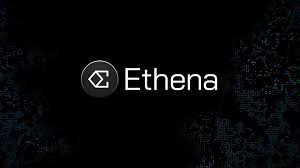Ethena Labs’ USDe stablecoin, sometimes referred to as a ‘synthetic dollar’, has achieved a supply of $3 billion after a just four months of its public debut.
Since its launch in February, the stablecoin has seen significant expansion, with its token value approaching $3 billion.
This rise may be attributed to its distinctive arbitrage mechanisms and the cash-and-carry transaction, which generates profits. USDe’s supply has climbed by $1 billion since April 5, compared to its prior top of $2 billion.
The stablecoin is now competing with DAI as the foremost algorithmic or decentralized stablecoin, but it must increase its supply by an additional $2 billion in order to accomplish this objective.
At now, USDe occupies the fourth position in the stablecoin industry, accounting for 3.3% of the market share, while Tether maintains its dominance with a significant 57% share.
The USDe stablecoin distinguishes itself from other stablecoins by its distinctive features, including a cash-and-carry transaction and the distribution of staking money to token holders.
In order to outperform DAI and other rivals, USDe needs maintain its expansion and maybe implement more functionalities to entice a larger user base.
Ethena Labs’ objective is to develop a dependable artificial currency, known as a synthetic dollar, that can be used on different DeFi platforms.
The swift acceptance of this currency indicates a robust demand in the industry. As the USDe currency grows, it has the potential to compete with well-established stablecoins such as DAI and Tether.
Last week, PayPal has chosen to include its PayPal USD stablecoin (PYUSD) onto the Solana blockchain due to Solana’s exceptional transaction speed and minimal costs.
